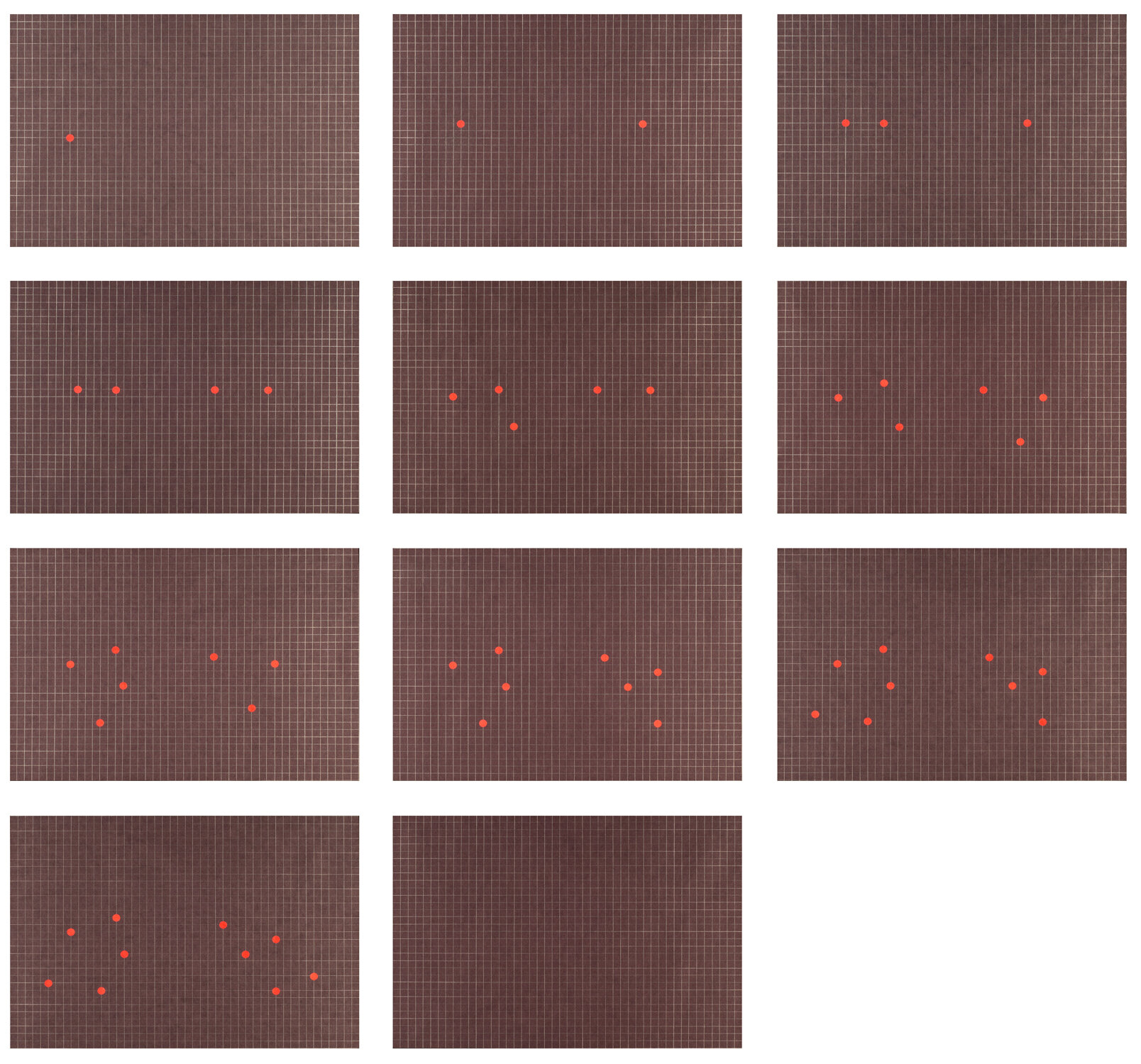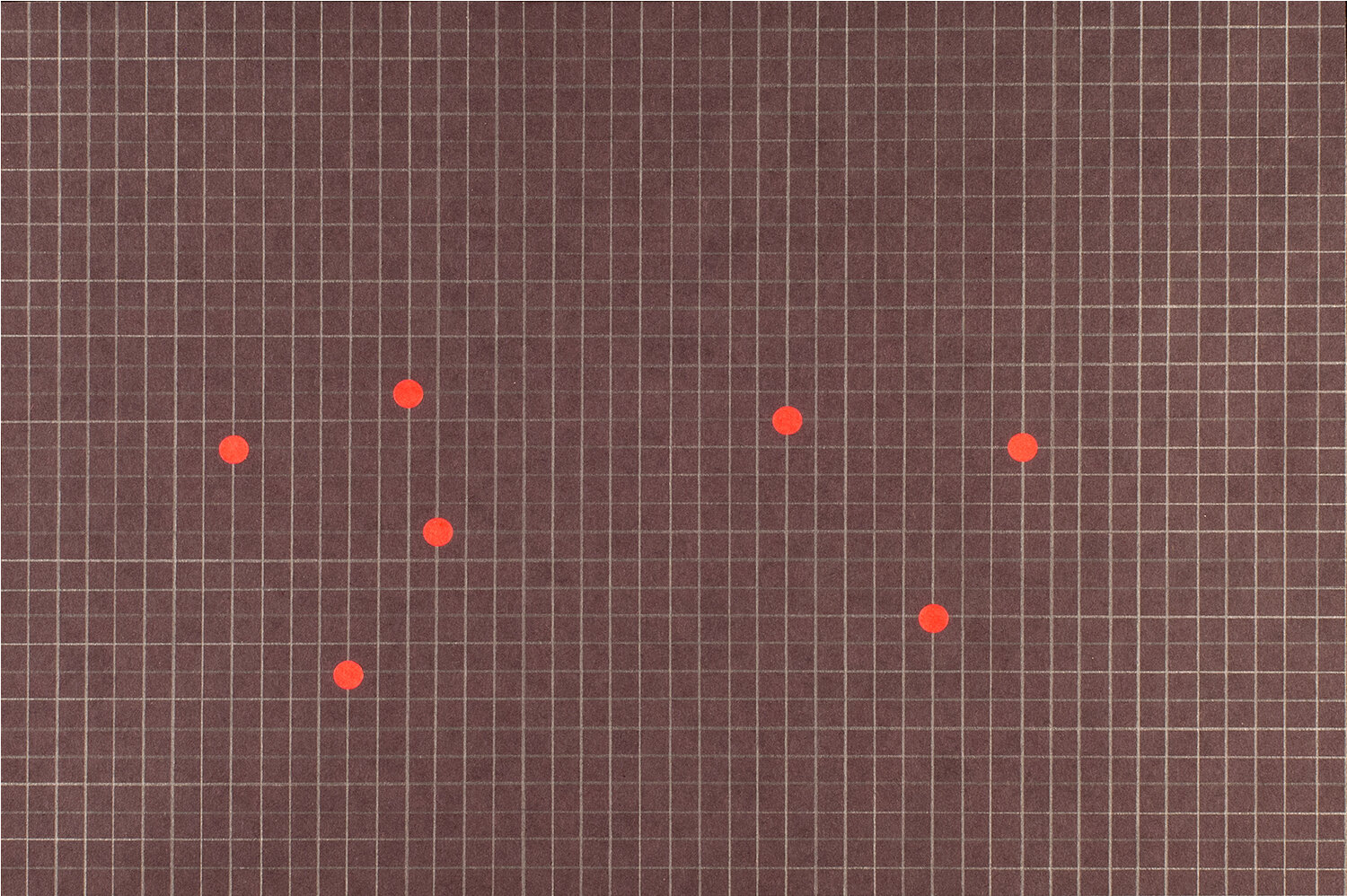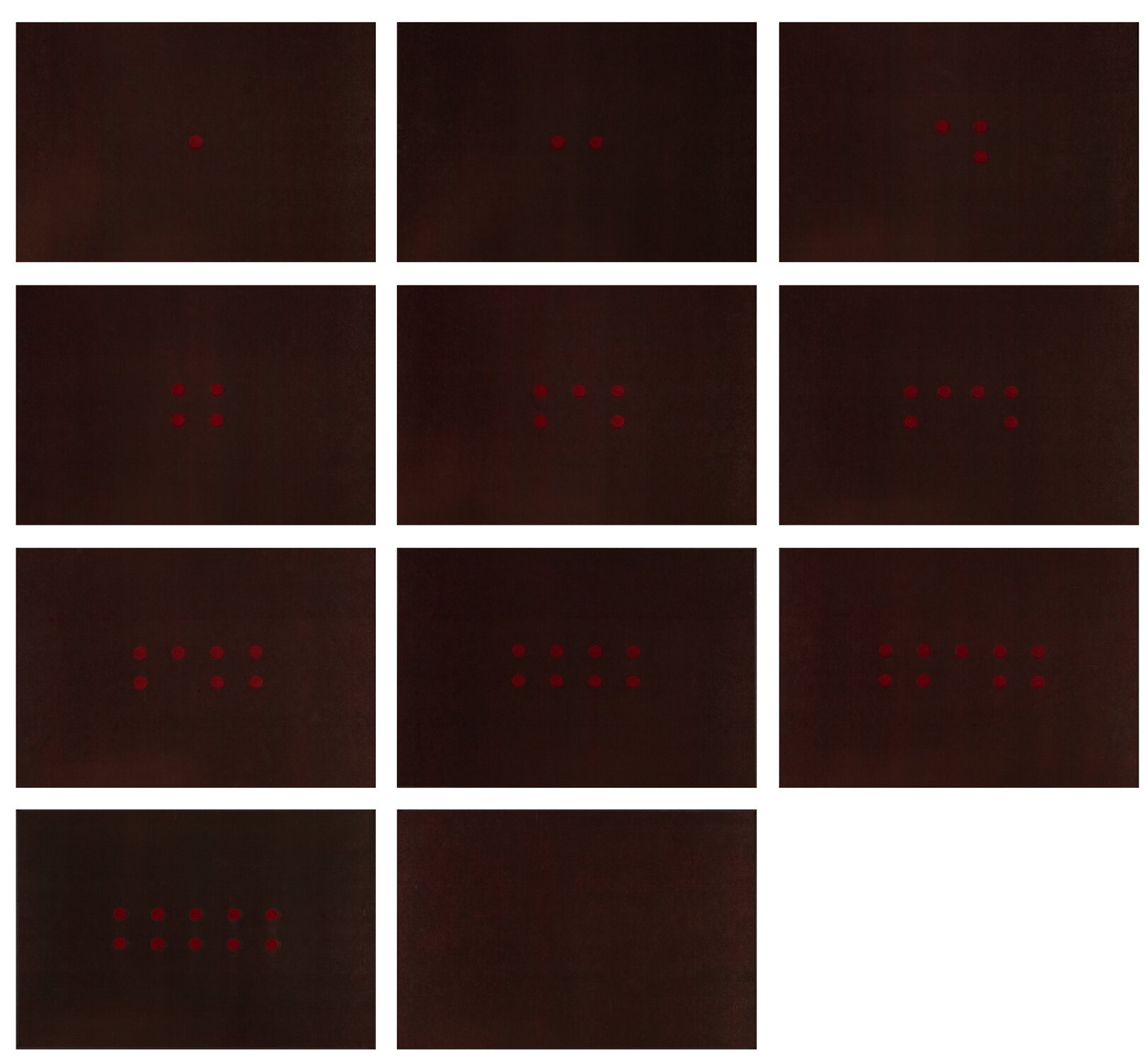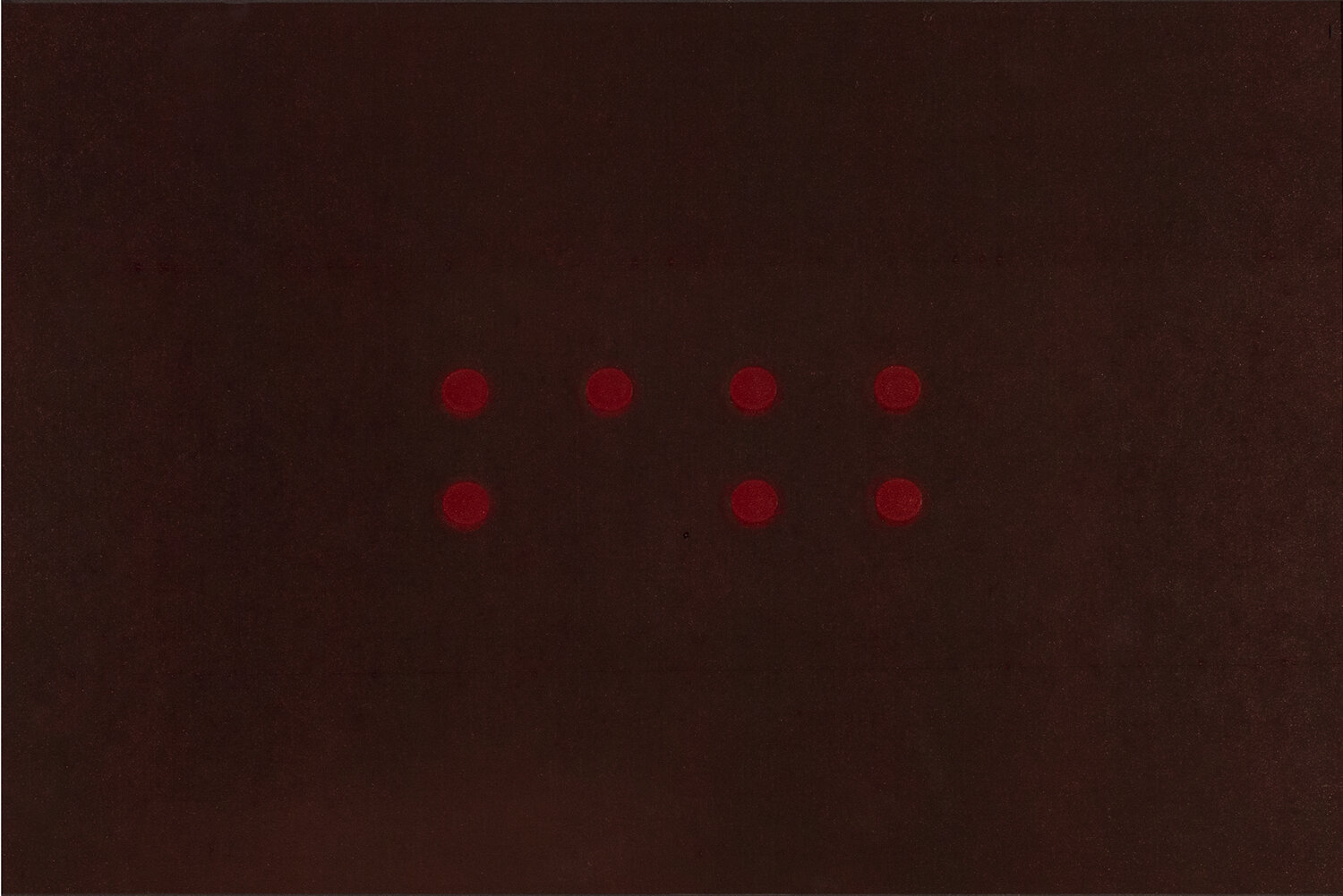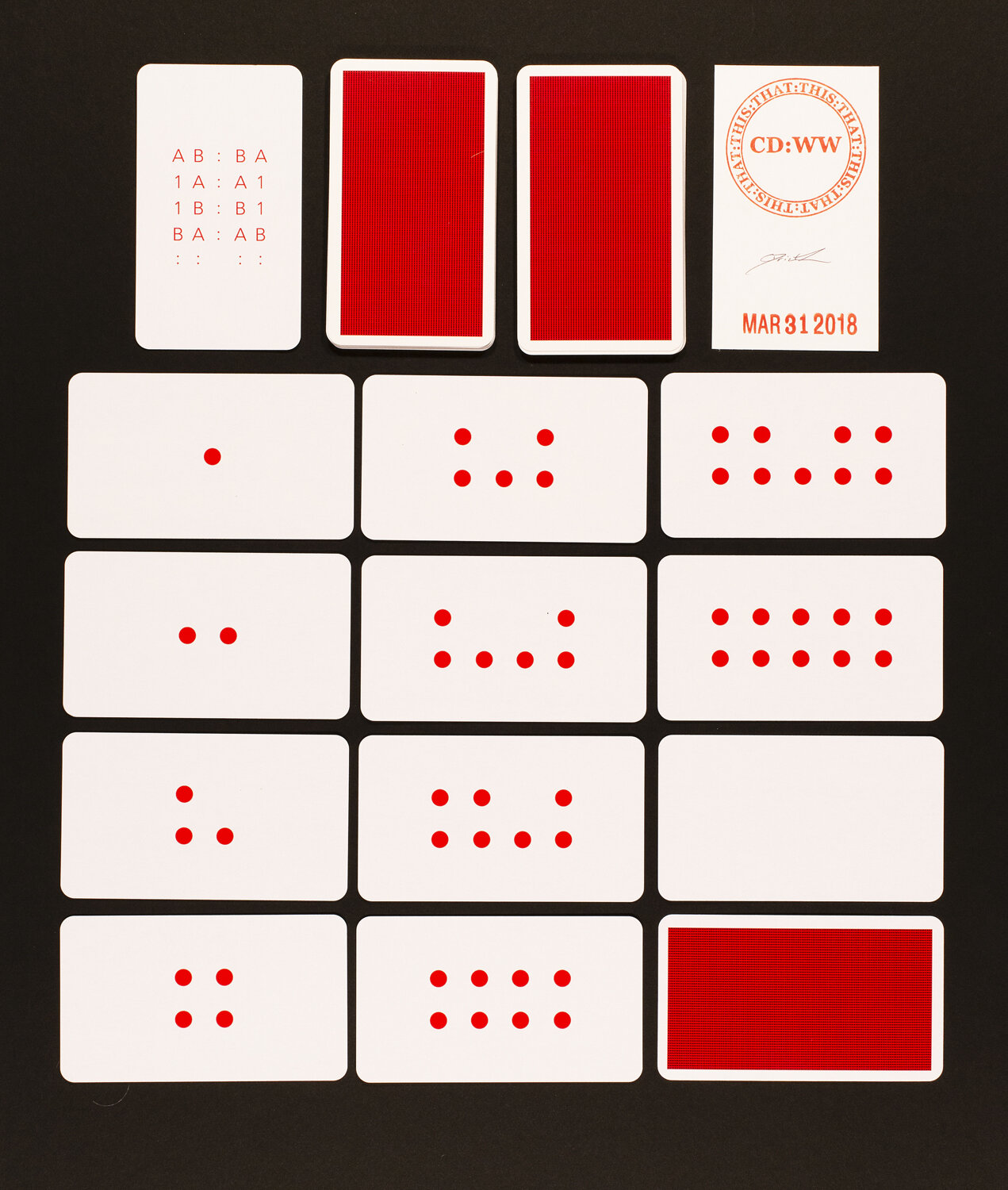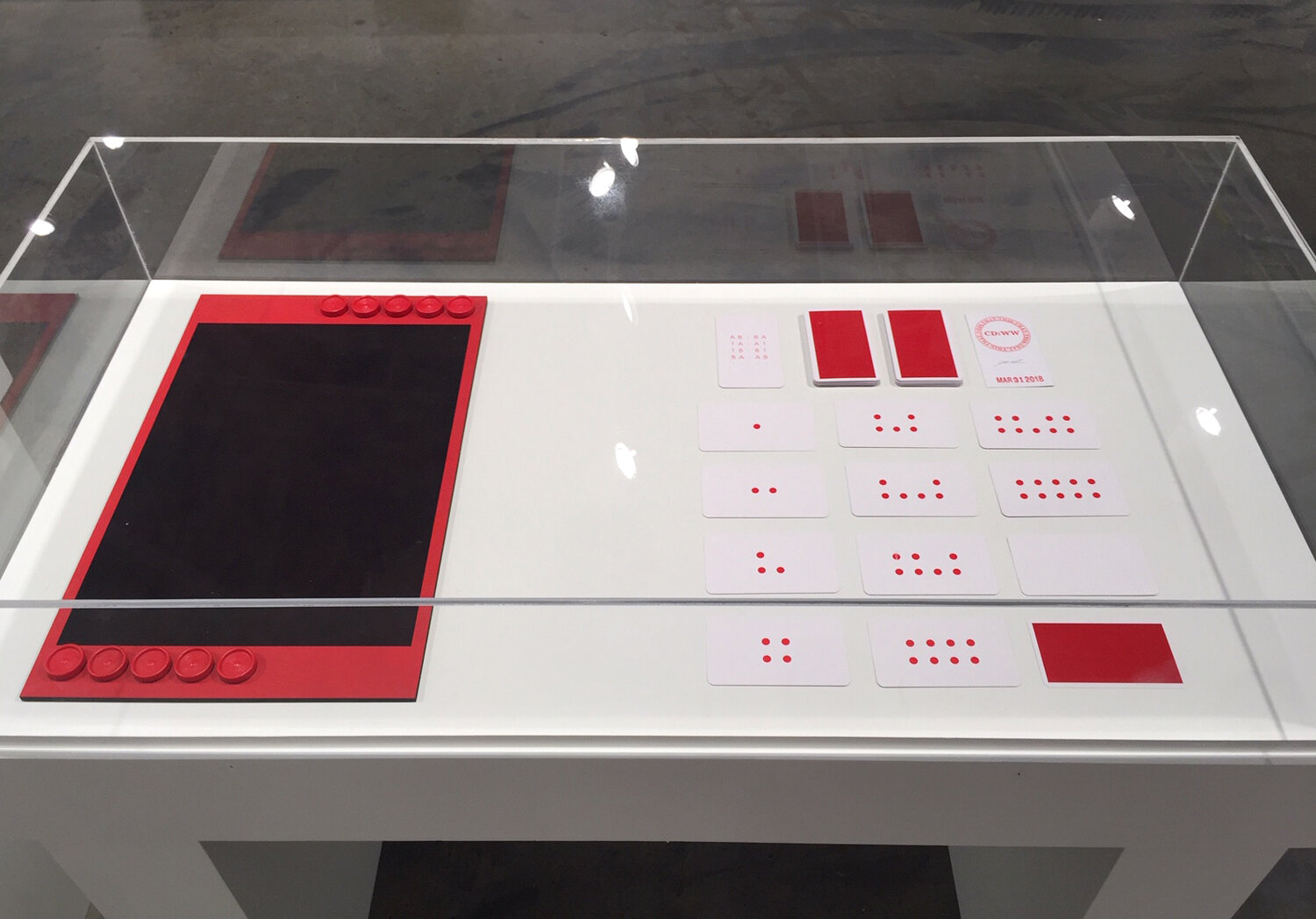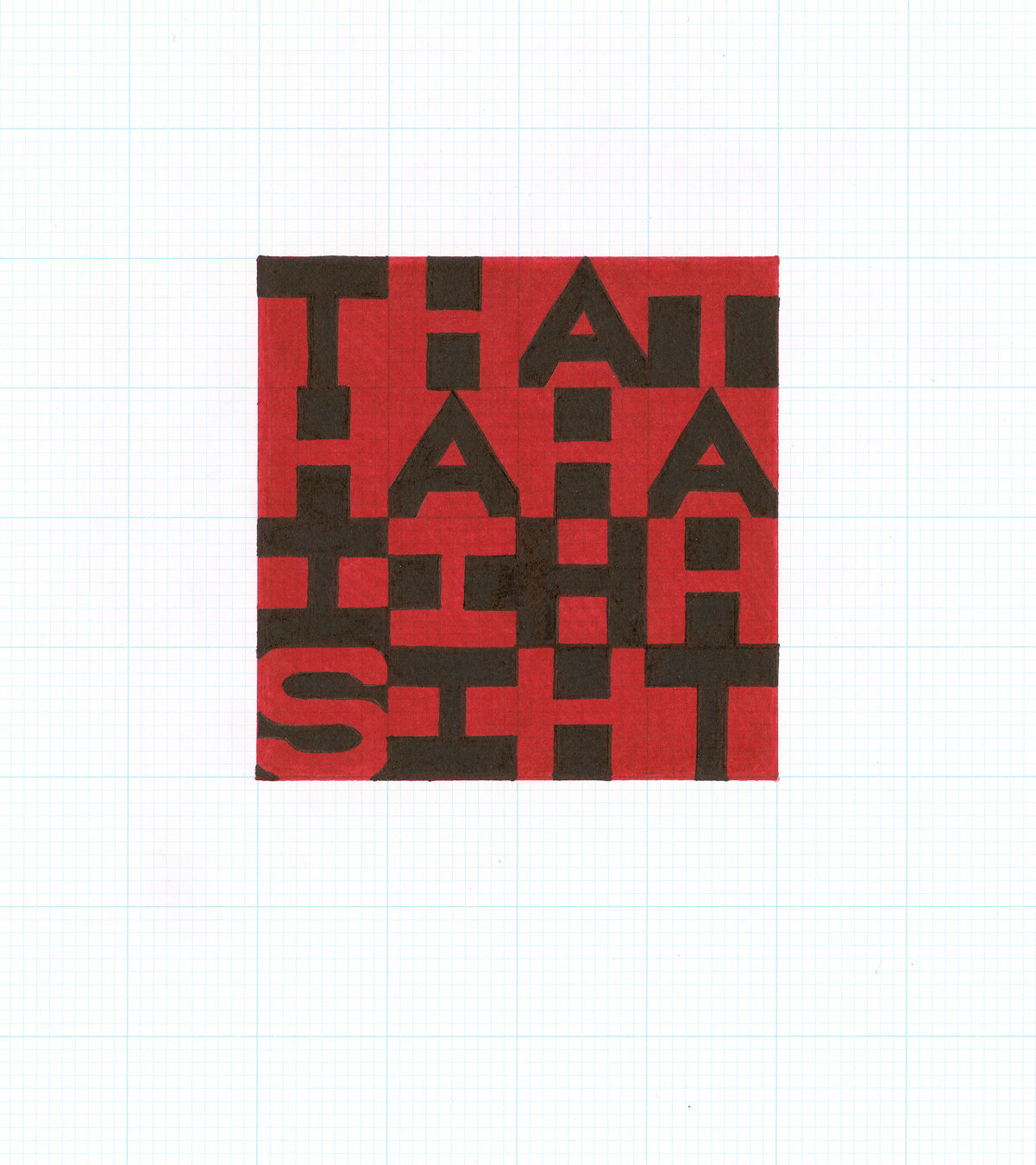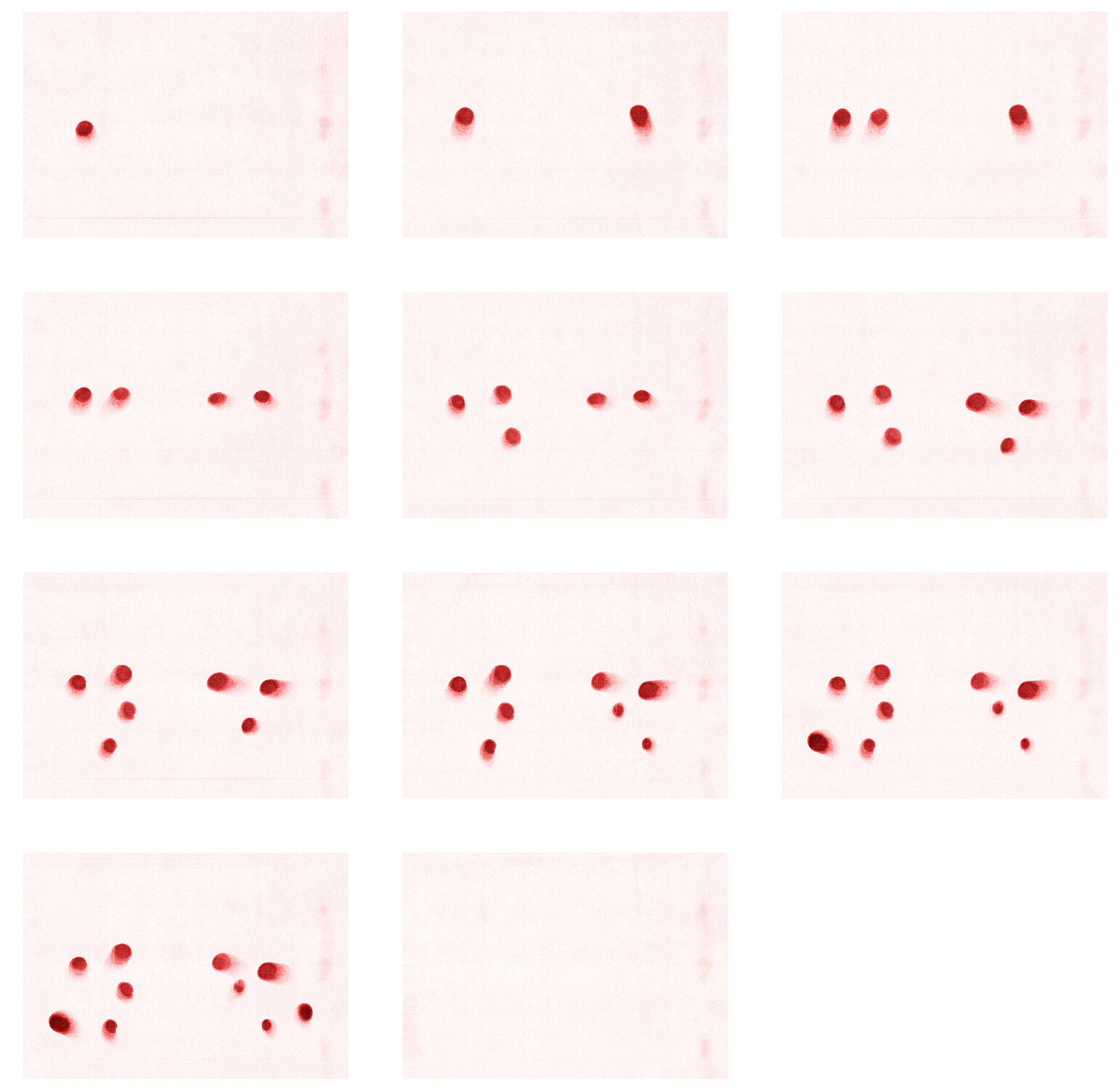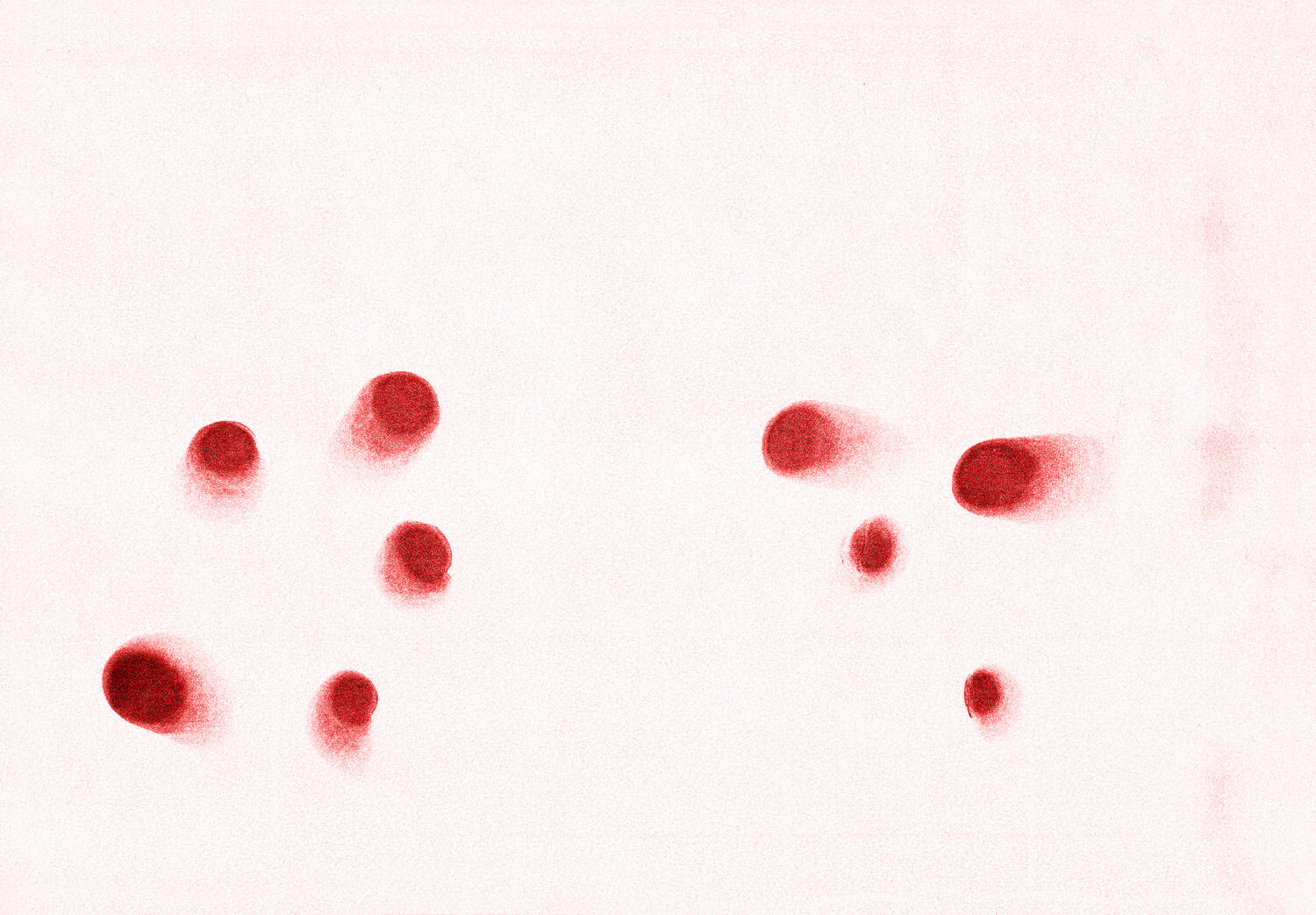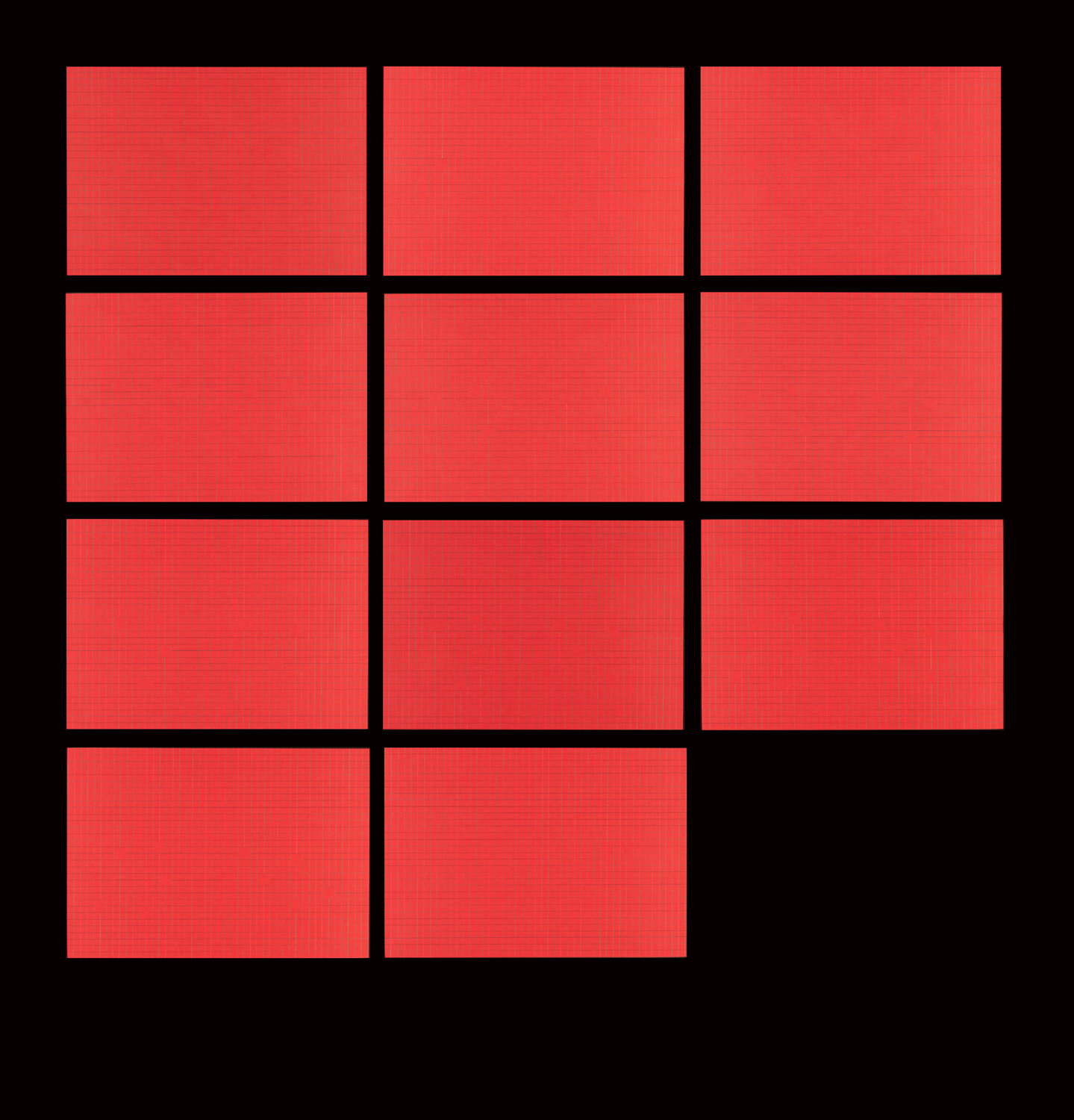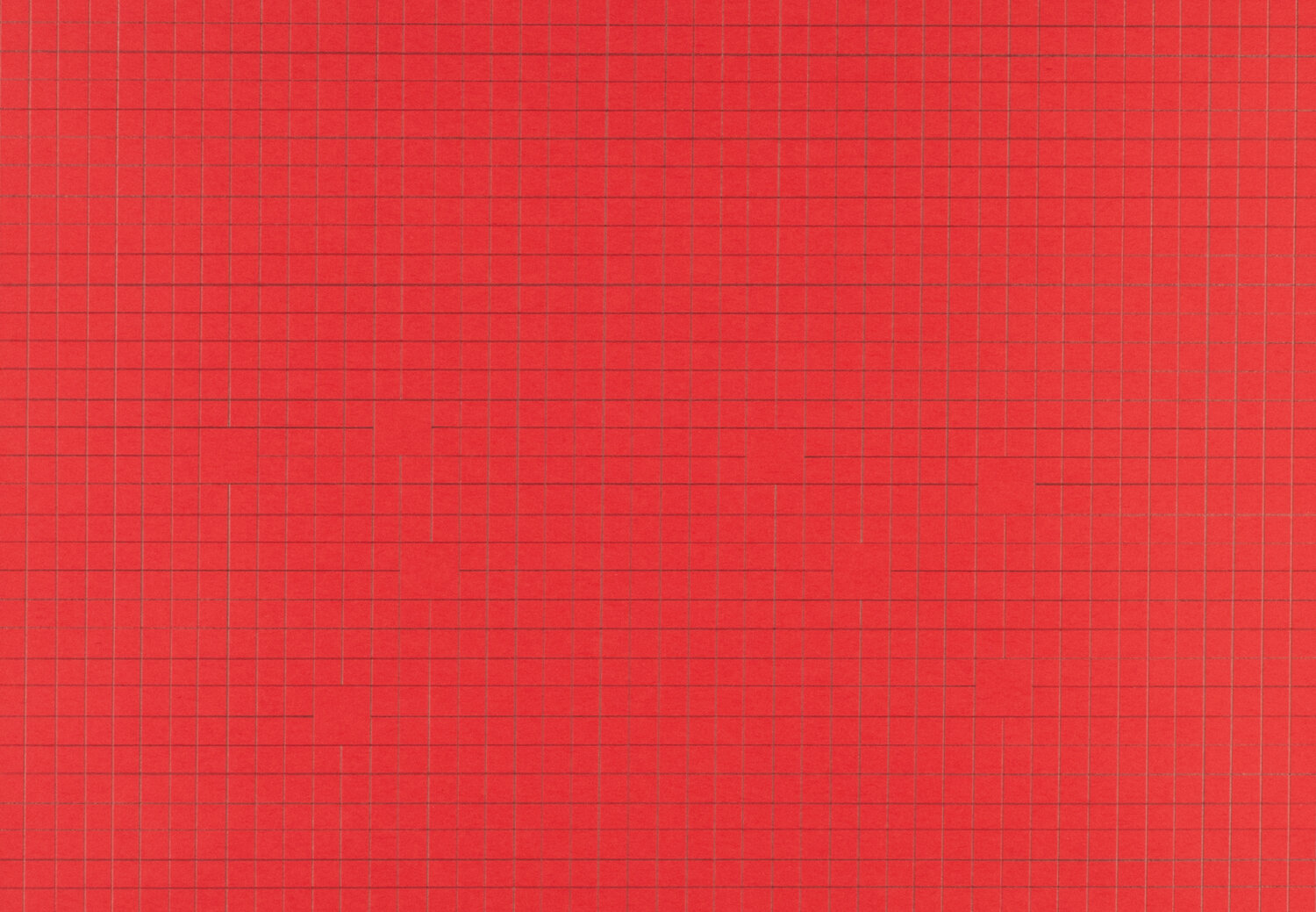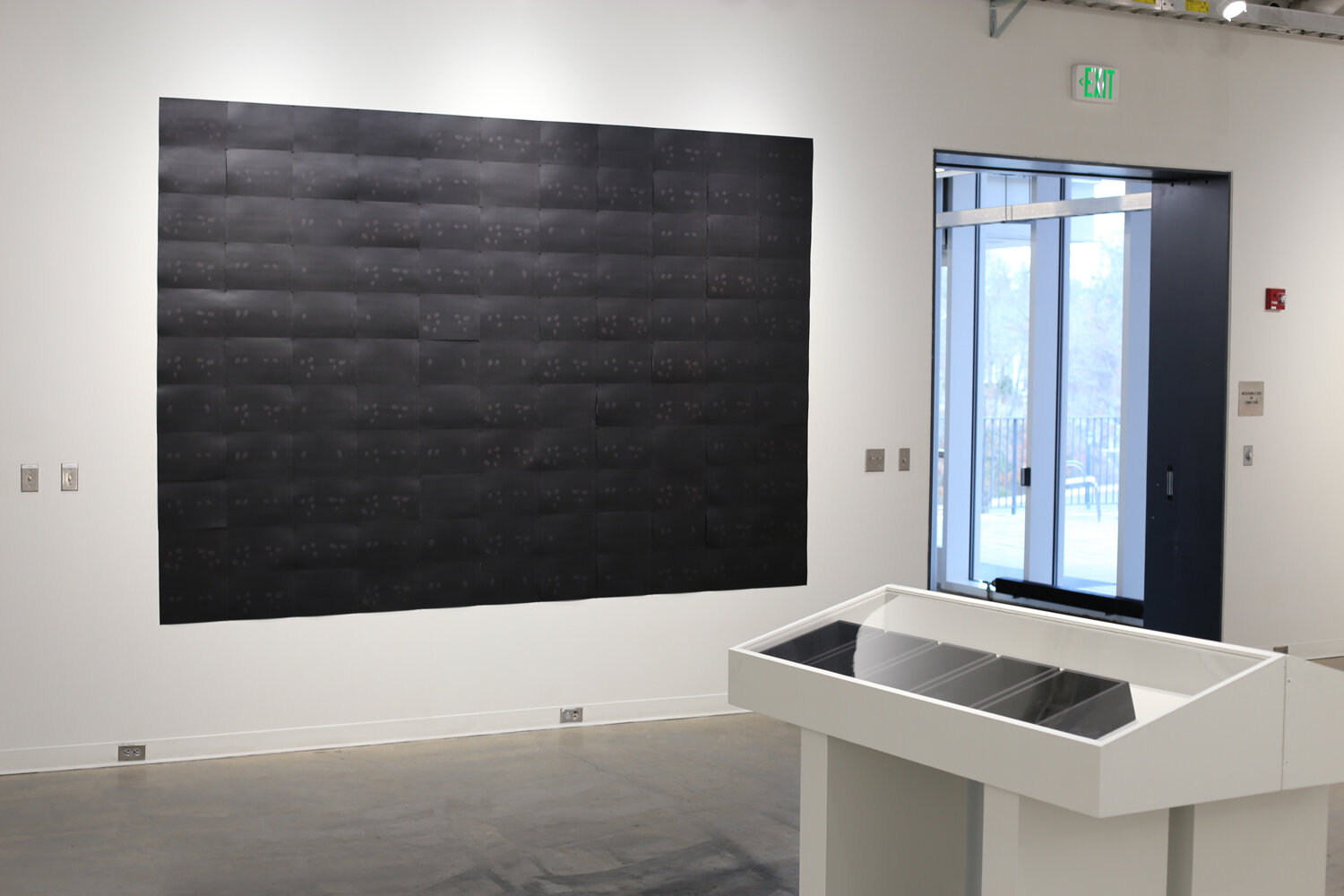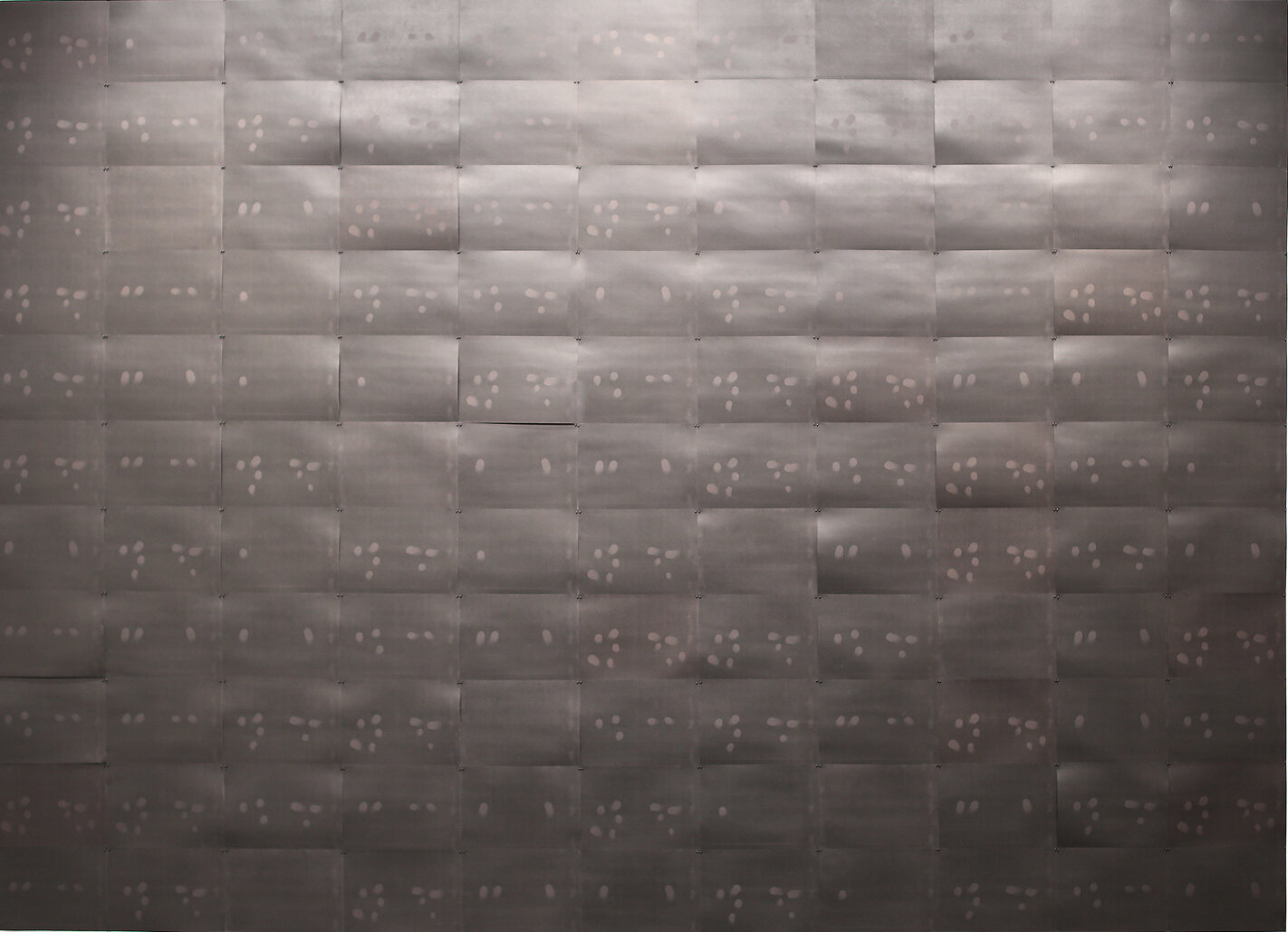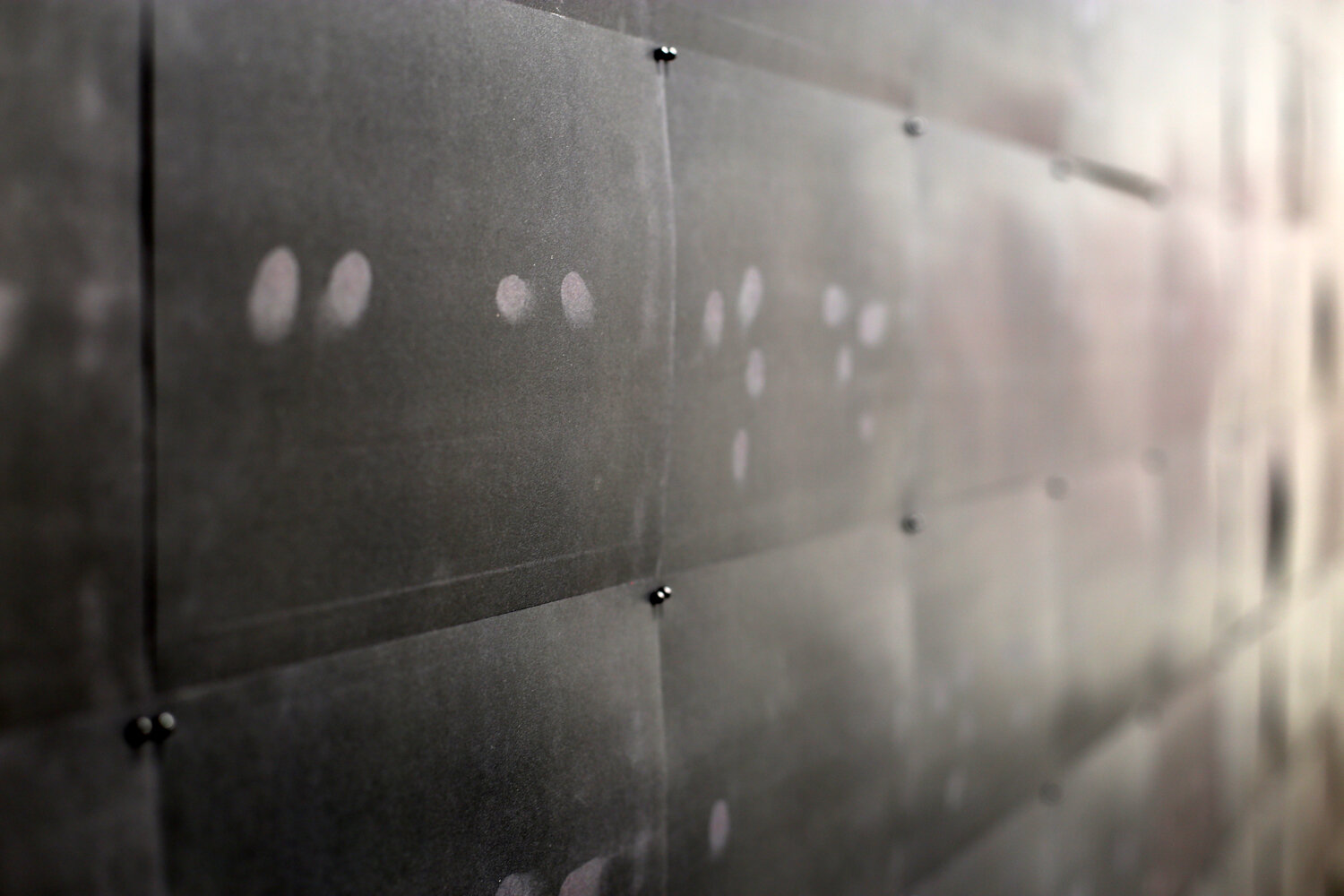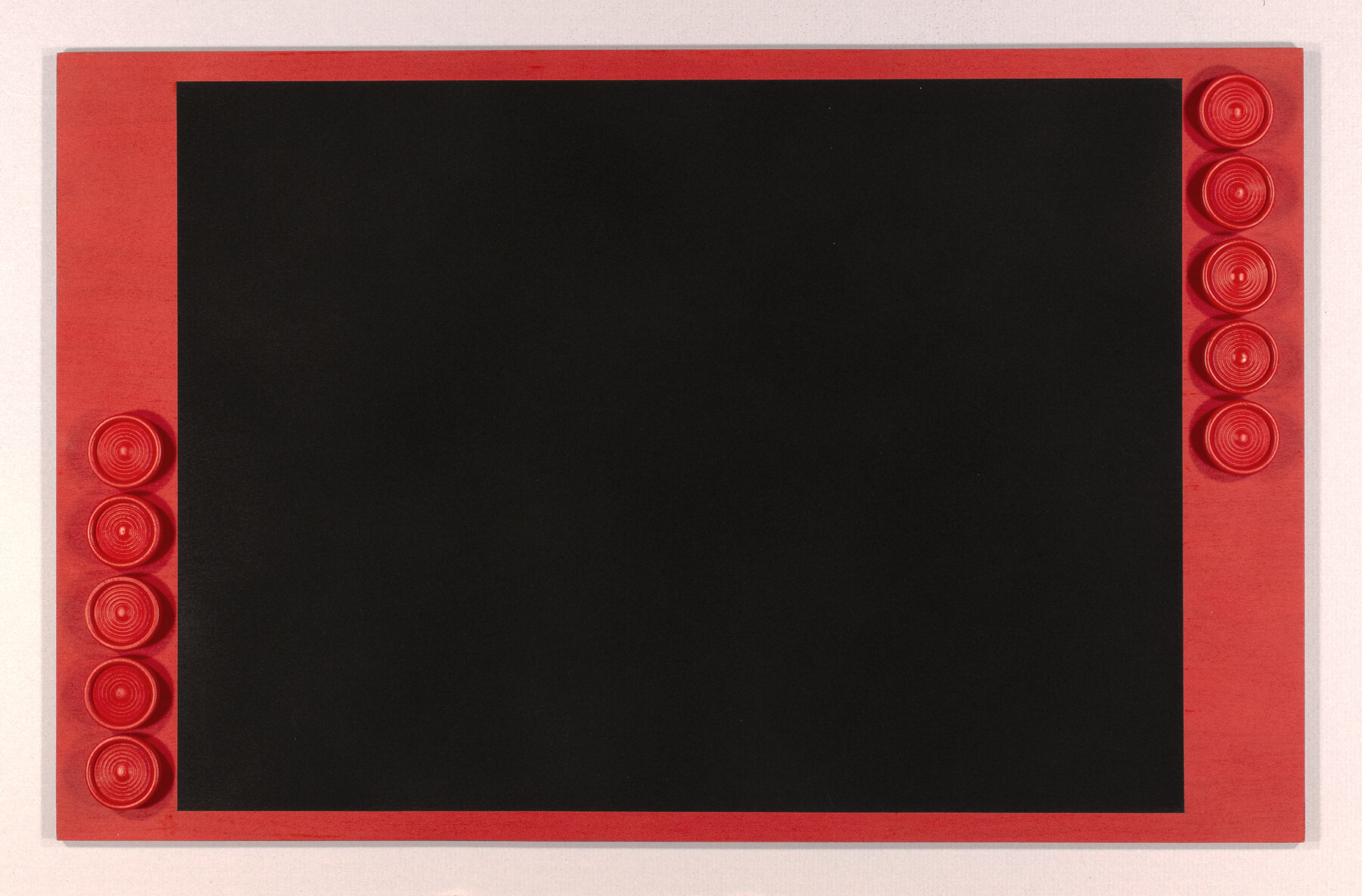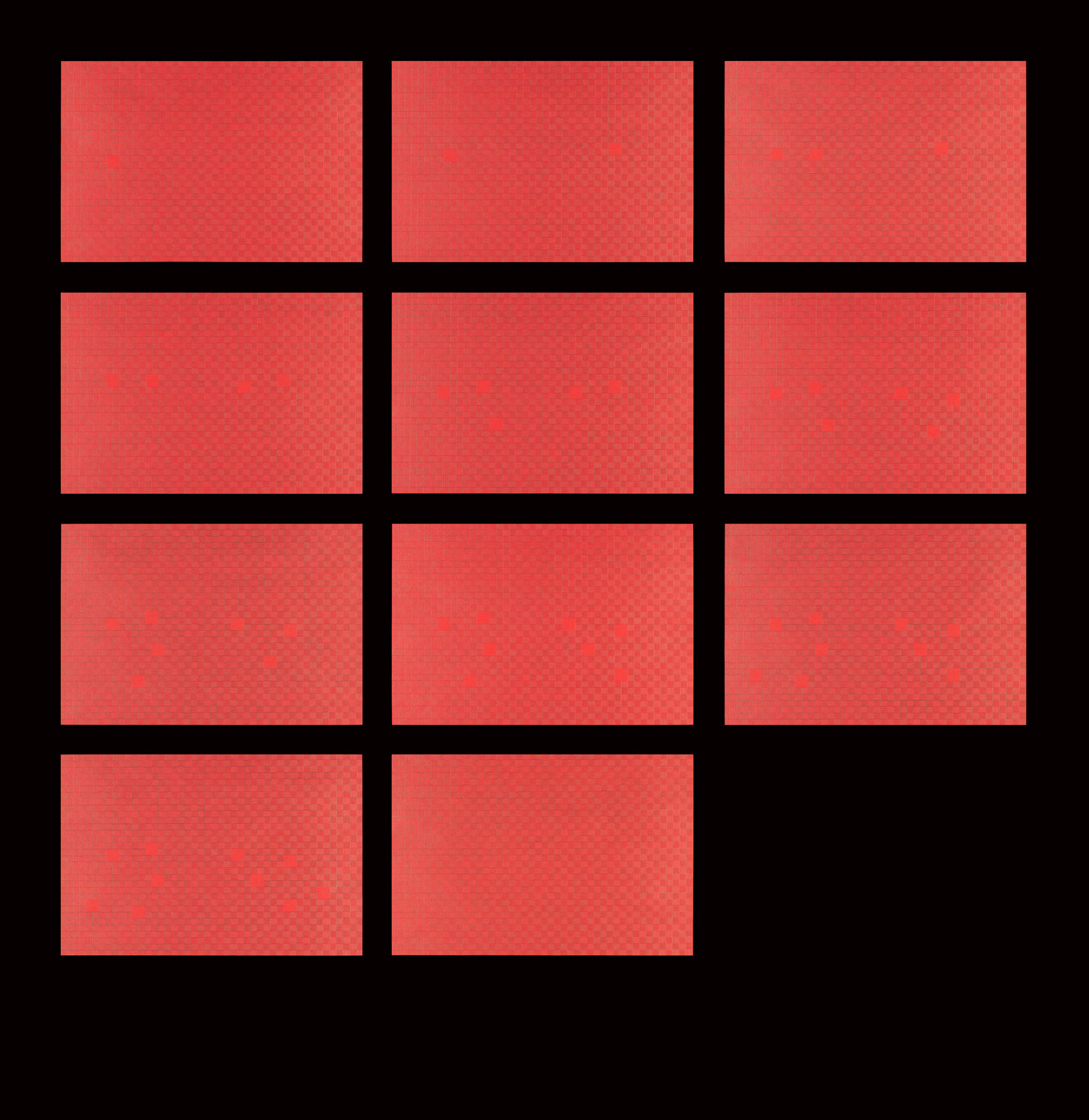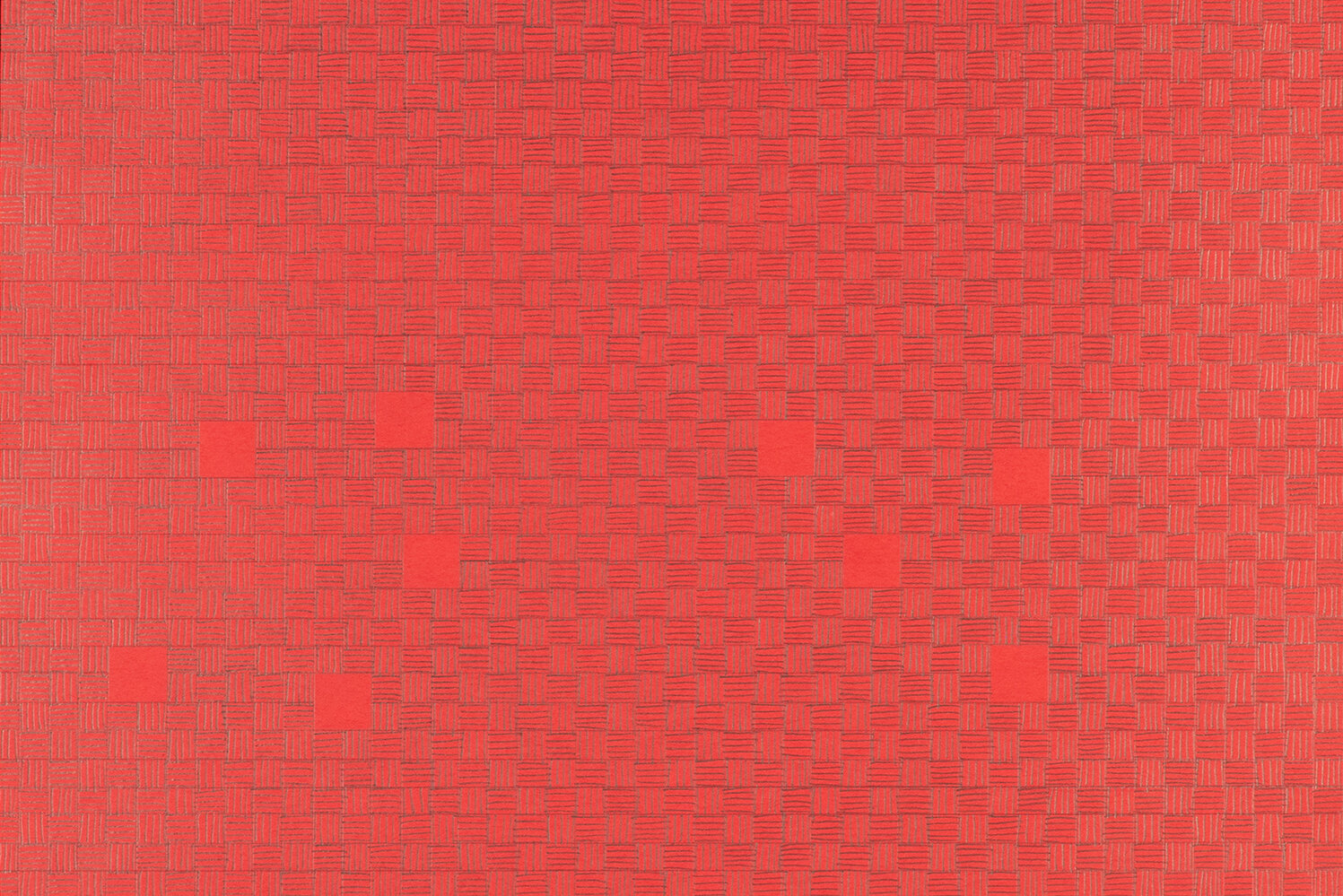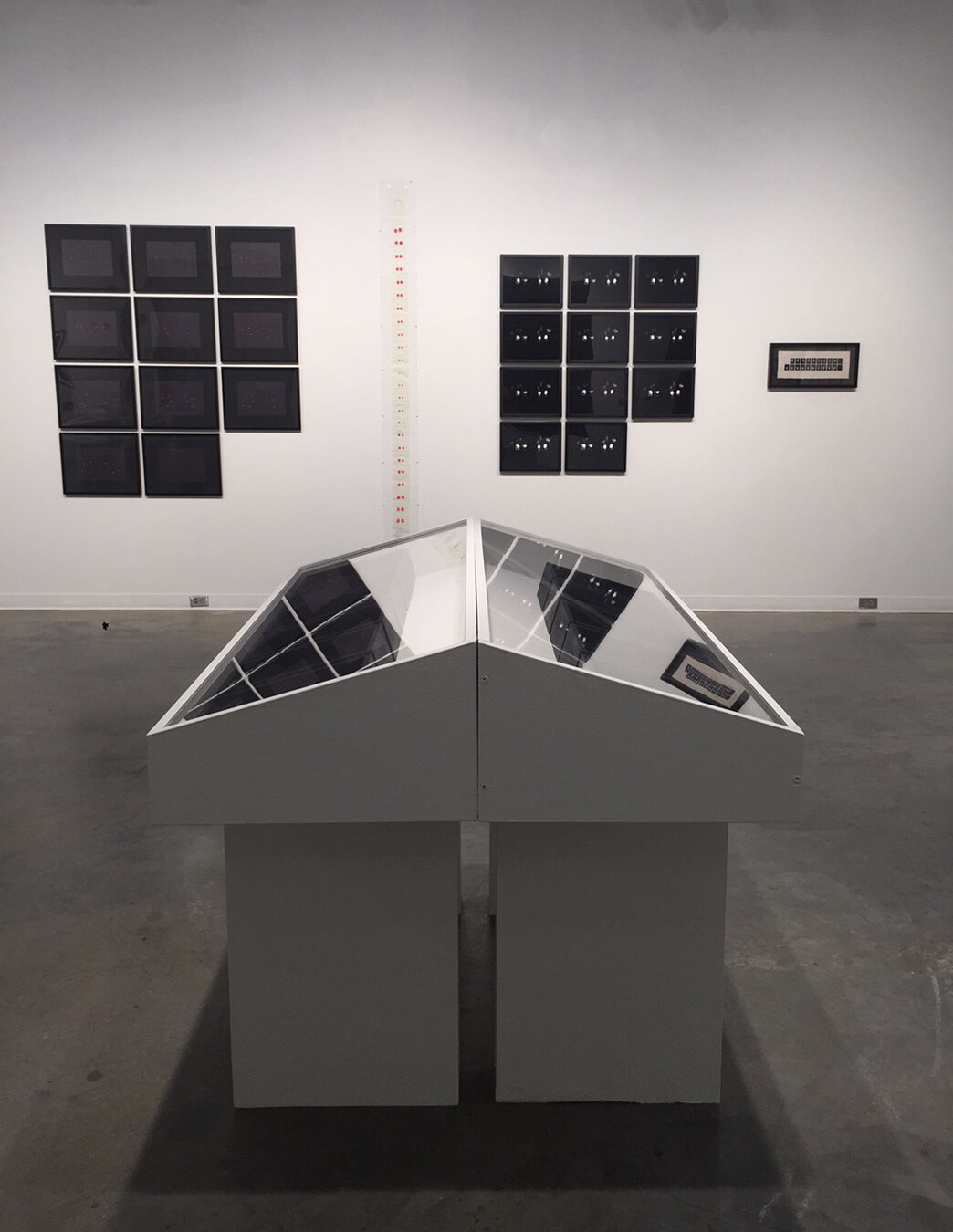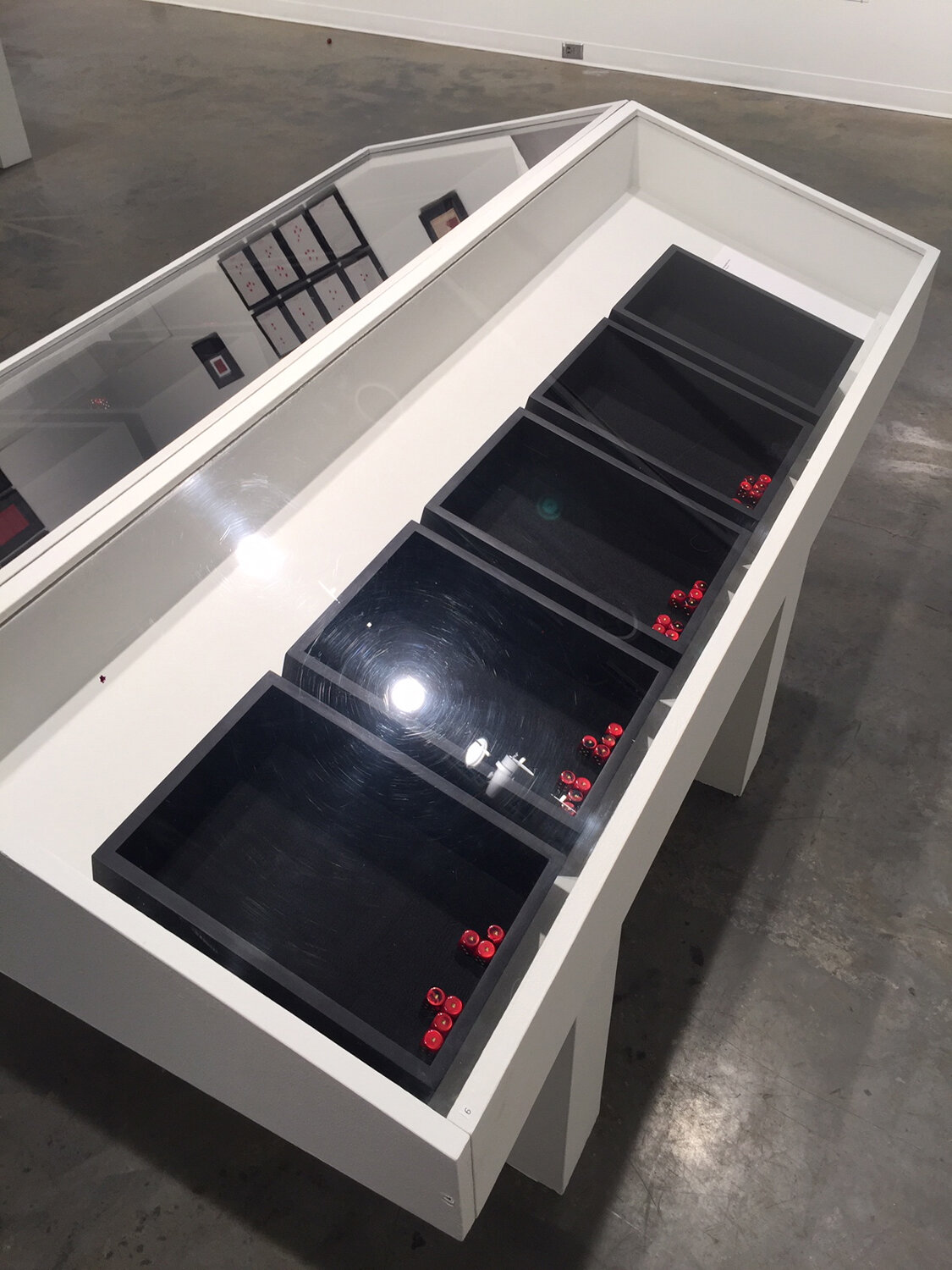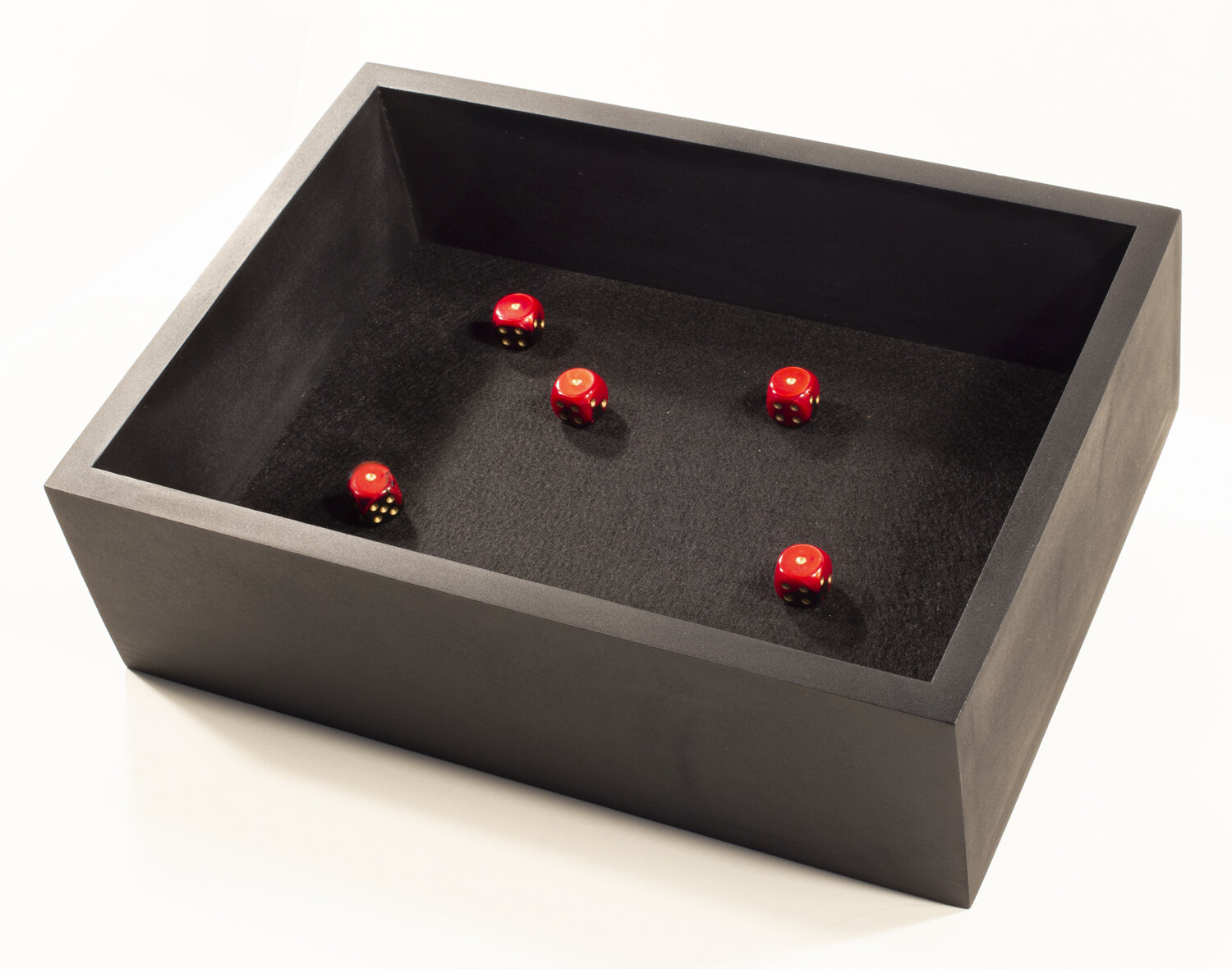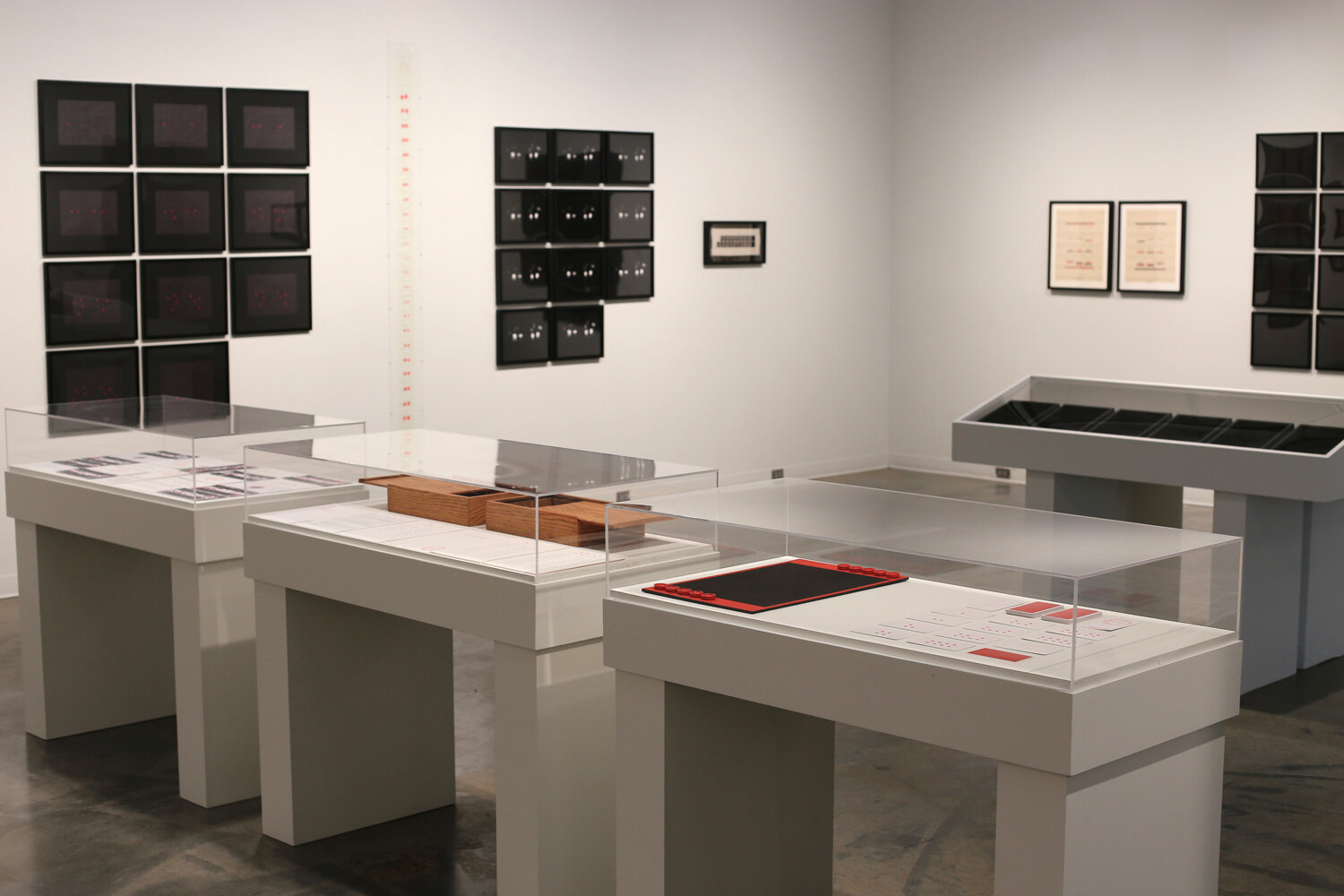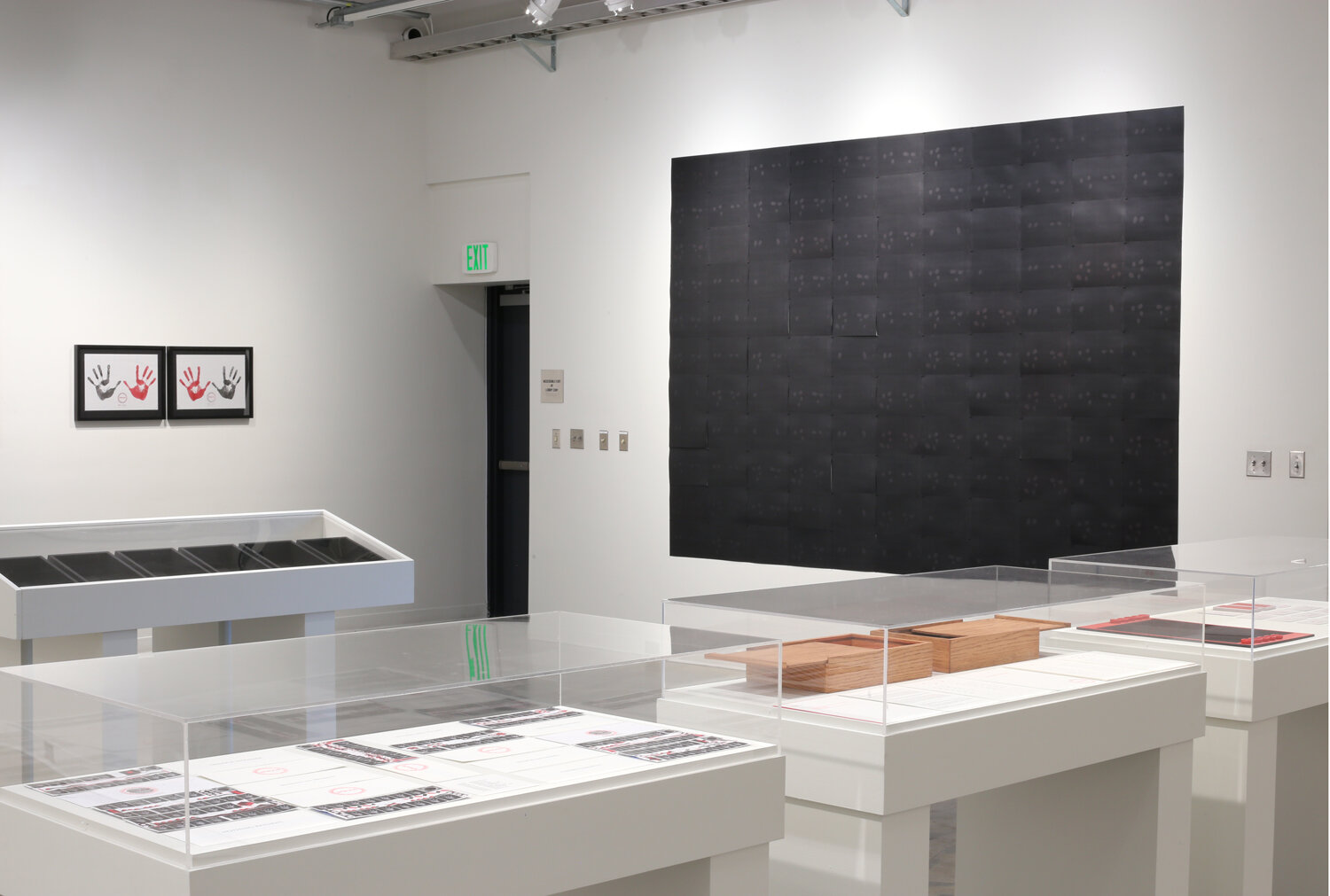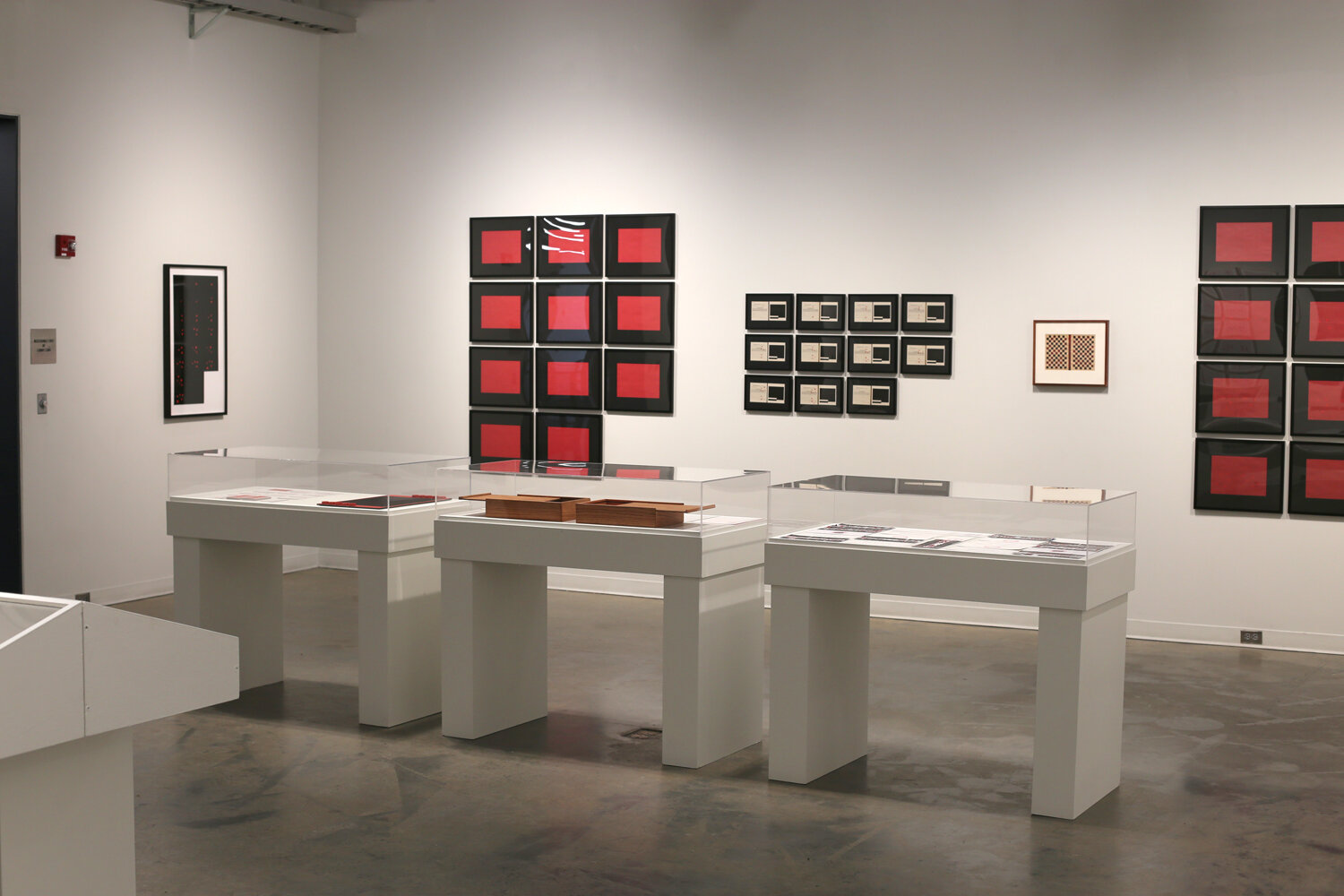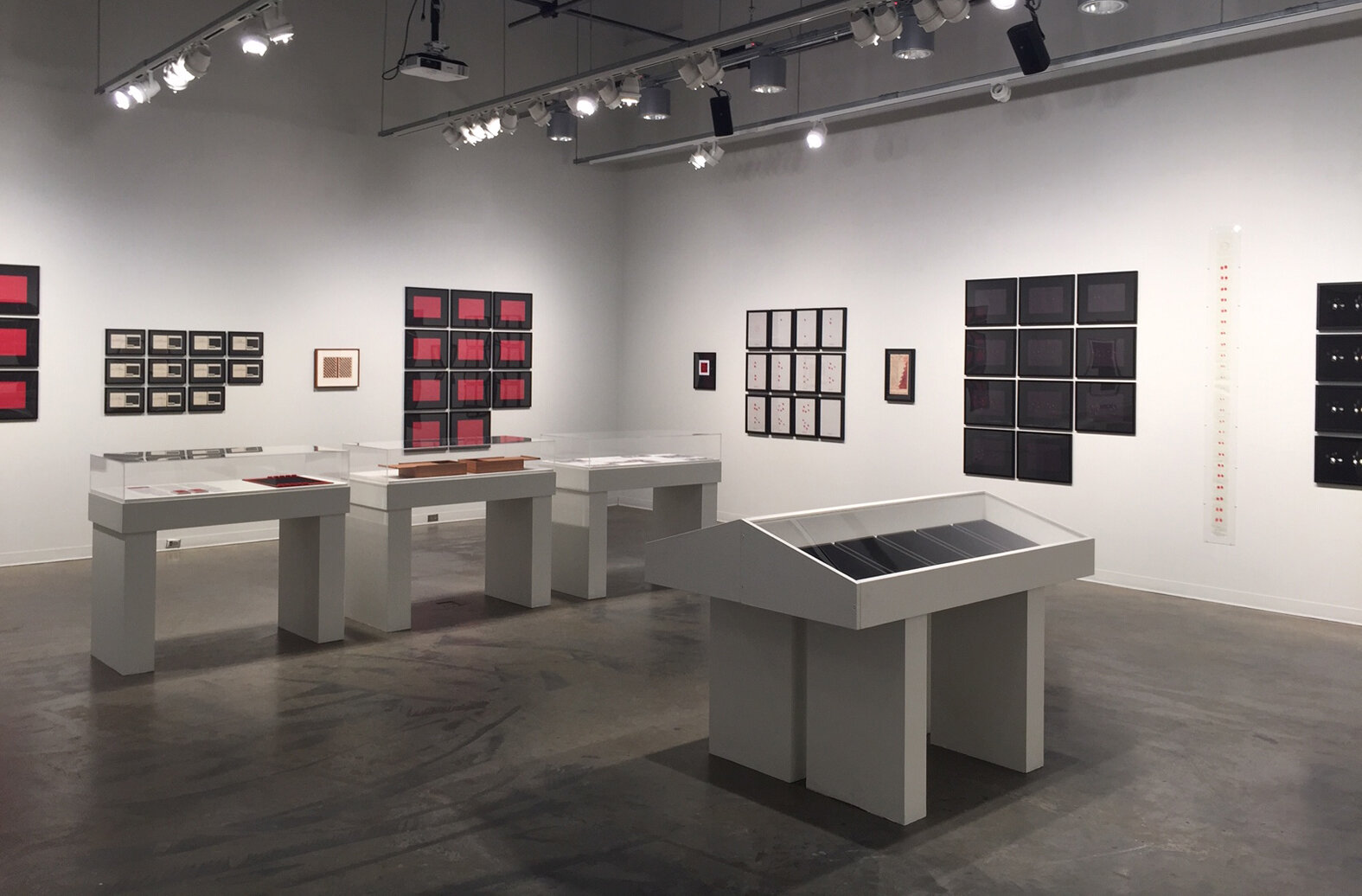THIS:THAT
Corey Drieth and William Wylie
THIS:THAT is a collaborative response to the body of work created by the Italian conceptual artist Alighiero e Boetti (1940-94). Early in his career, Boetti was loosely associated with the Arte Povera movement, but in 1969 he shifted away from that movement to explore notions of duality and multiplicity, order and disorder. Boetti used a wide variety of materials for his work—including ball point pens, postal stamps, textiles and found objects—and his oeuvre demonstrated a consuming interest in numeric, linguistic and classificatory systems including games, numbers, words, dates and sequences.
In 2017 Corey Drieth and William Wylie visited the retrospective Boetti exhibition MAXIMUM minimum at the Fondazione Giorgio Cini in Venice. One room of the exhibit paid homage to Boetti’s multivalent use of copies in his practice. The gallery included a photocopier, and visitors were asked to engage with the work by making black copies on red paper in the spirit of Boetti’s oeuvre. Inspired by Boetti’s interest in collaboration and the playful and inventive ways children use materials, Drieth and Wylie decided to make a game of the activity and created a patterned set of prints made of their fingertips on the glass. That series of notations or ‘score’ became the starting point for their project THIS:THAT.
Drieth and Wylie’s next step was to create a set of rules. They decided that they would each make one piece of art per month for year 2018 responding to the score, and that each piece could consist of any number of parts. Because Boetti was especially intrigued by the number eleven, the original score consisted of eleven sheets. Since the individual digits of 2018 (2+0+1+8) add up to eleven, Drieth and Wylie chose to end their art making game in November, the eleventh month of that year. The twenty-two pieces of art produced for the project were in this way loosely collaborative but also responsive to the established instructions, their ongoing enthusiasm for Boetti, and ultimately the eleven sheets of black and red copy paper that made up the score.
